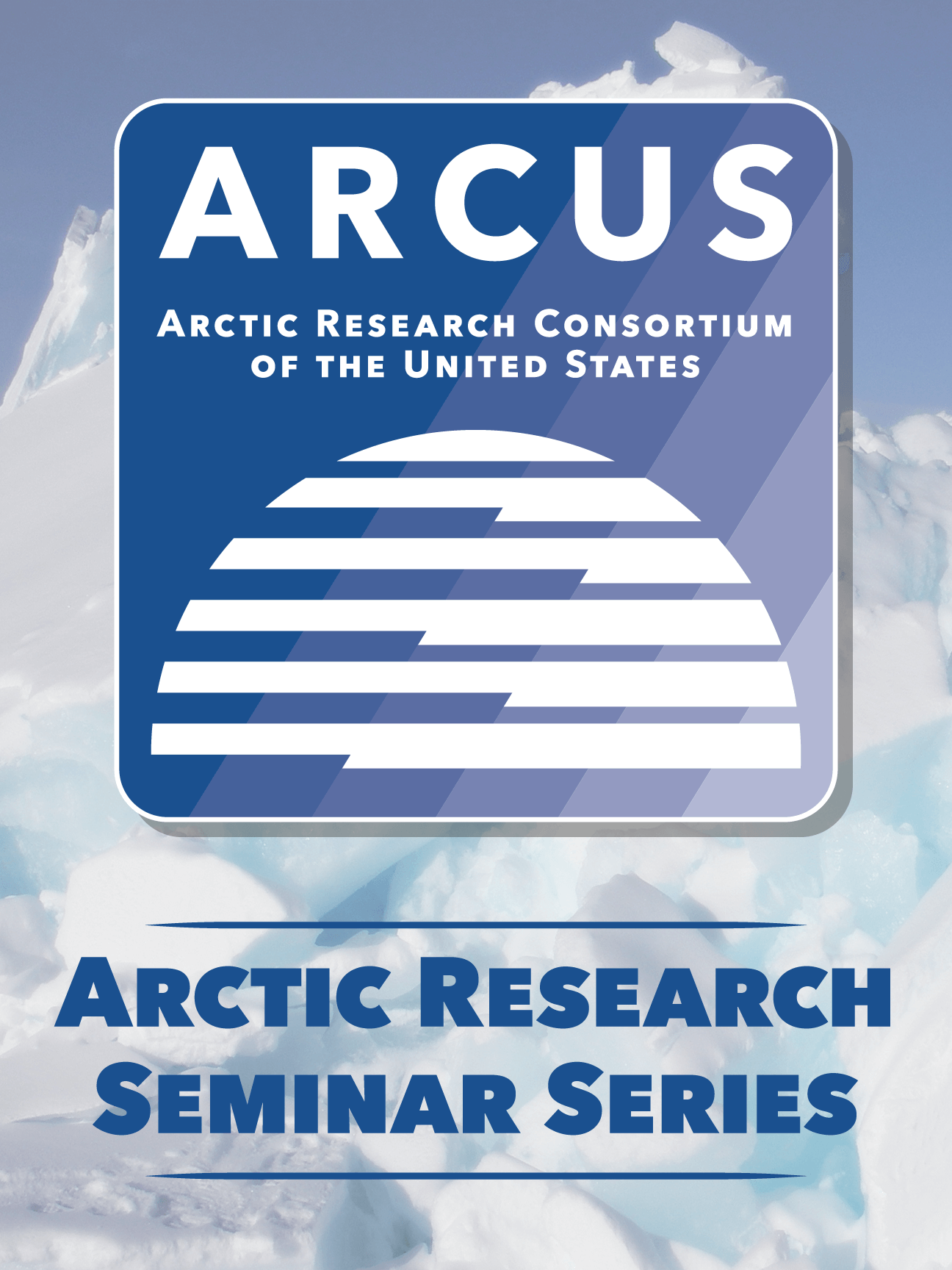Gerald "JJ" Frost: The “Greening” of the Arctic - 29 May 2020
Presentations
Arctic lands and seas have experienced dramatic environmental and climatic changes in recent decades, and the pace of change is expected to accelerate in the future. Beginning in the early 1980s, a constellation of Earth-observing satellites has provided a unique vantage point for observing the remote and dynamic Arctic tundra biome—the treeless environment encircling most of the Arctic Ocean. The satellite record shows that the productivity of tundra vegetation has increased since the late 20th century, a phenomenon commonly referred to as “the greening of the Arctic.” Trends in tundra productivity, however, have not been uniform in direction or magnitude across the circumpolar region and there has been substantial variability from year to year. This variability arises from a web of complex interactions that link the vegetation, atmosphere, sea-ice, seasonal snow cover, ground (soils, permafrost, and topography), and animals of the Arctic system. In this talk I will begin with an overview of the tundra biome and address the questions: what are the drivers of Arctic vegetation change? What types of change would be apparent to an observer on the ground? And, what are the consequences of these changes for Arctic residents and the rest of the globe? Frost will explore these questions through the lens of the satellite record, field studies, and the rich knowledge-base of Arctic residents to understand the drivers and impacts of ecological change in the Arctic tundra biome.

